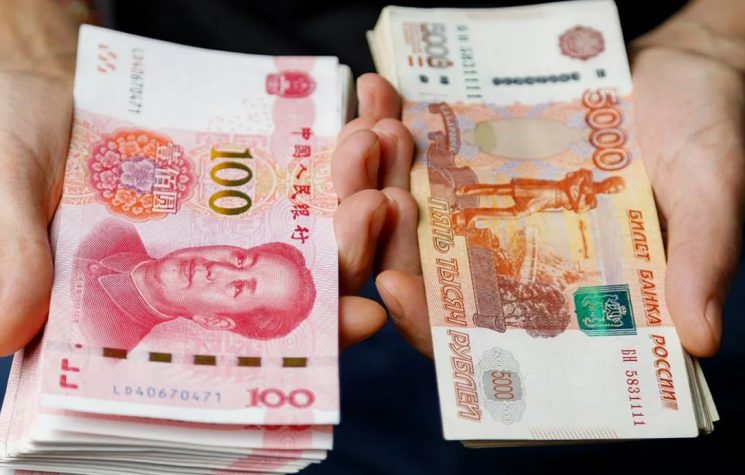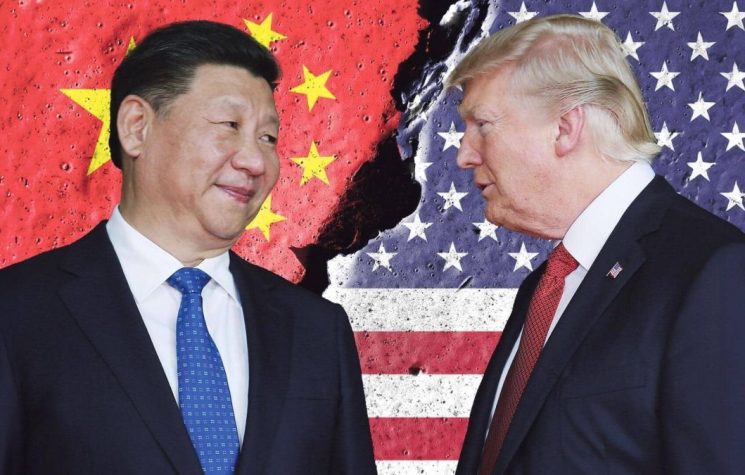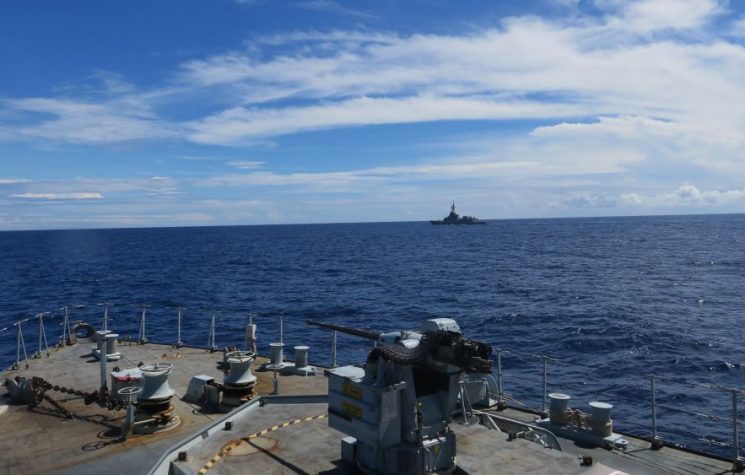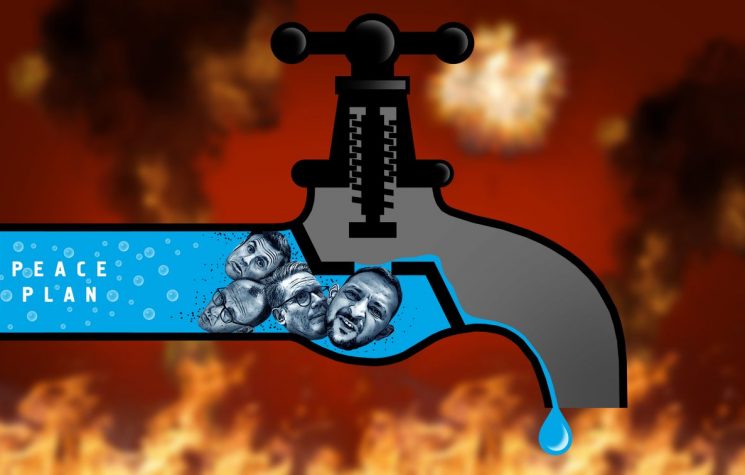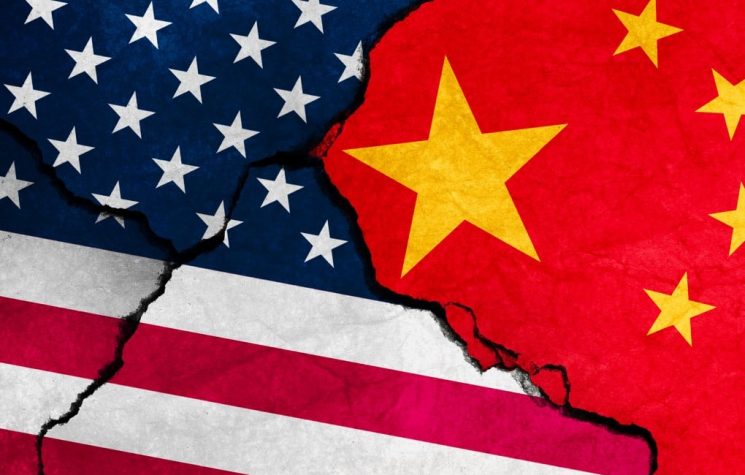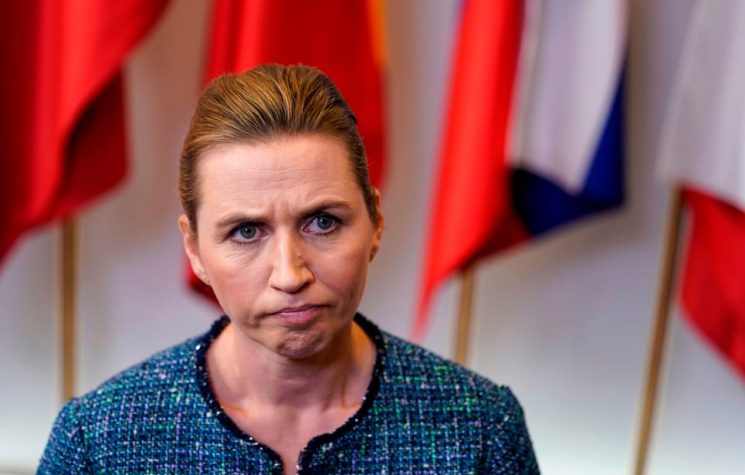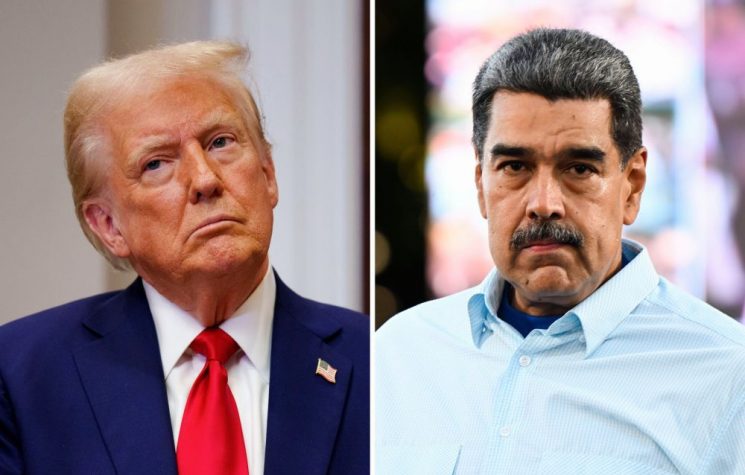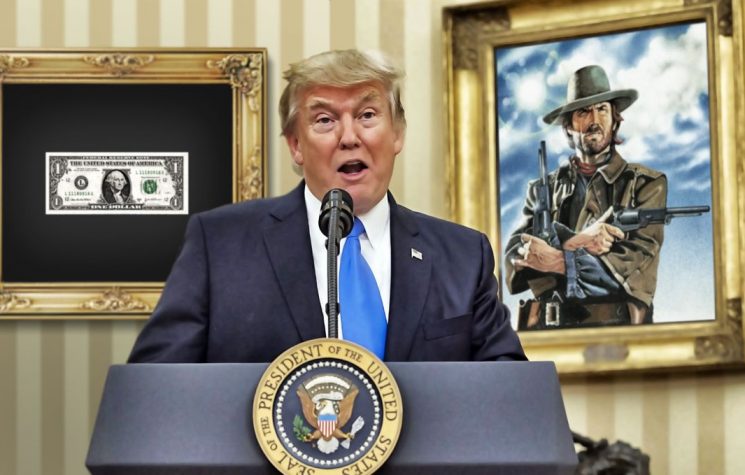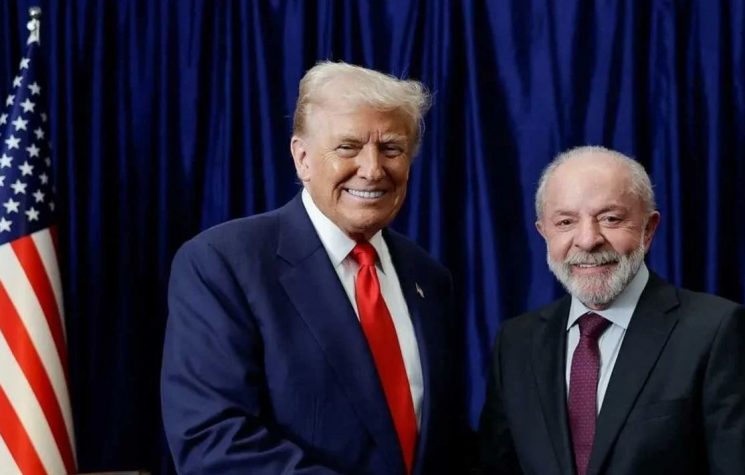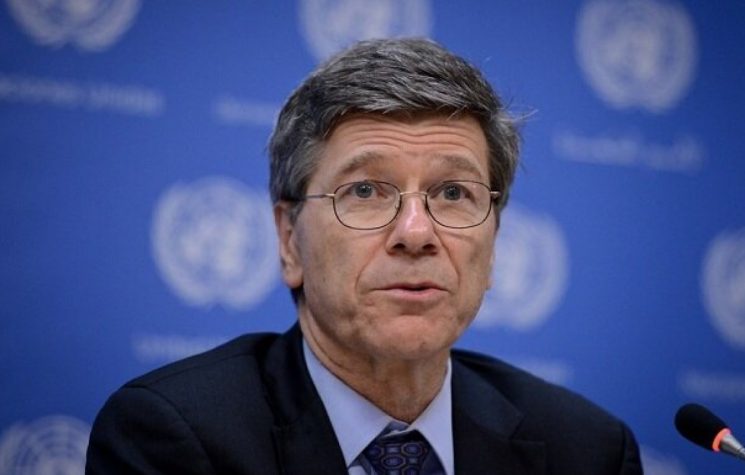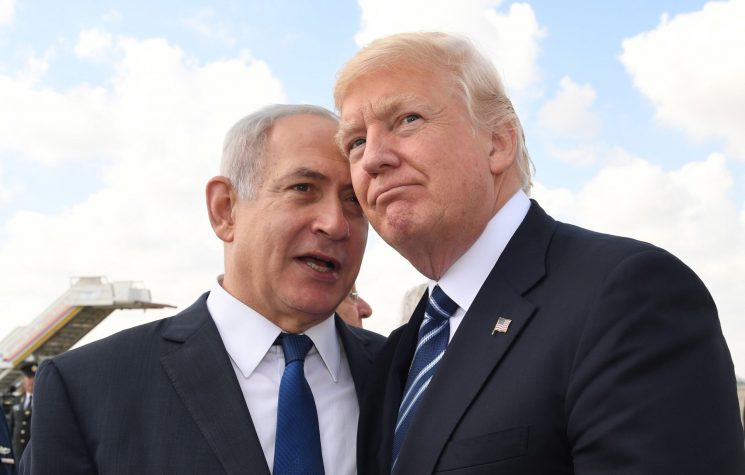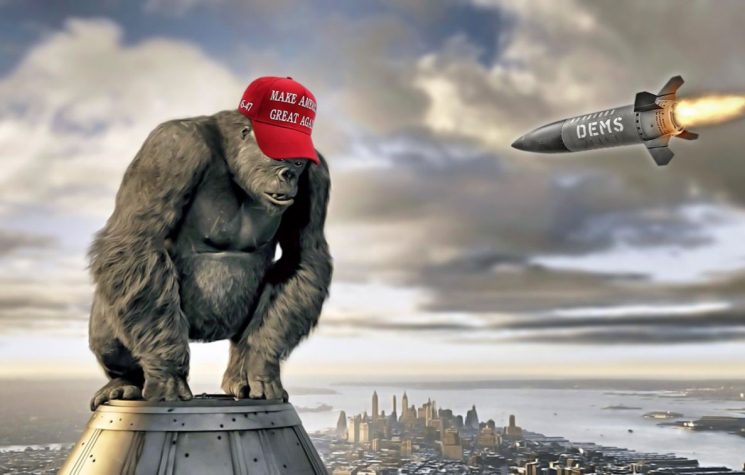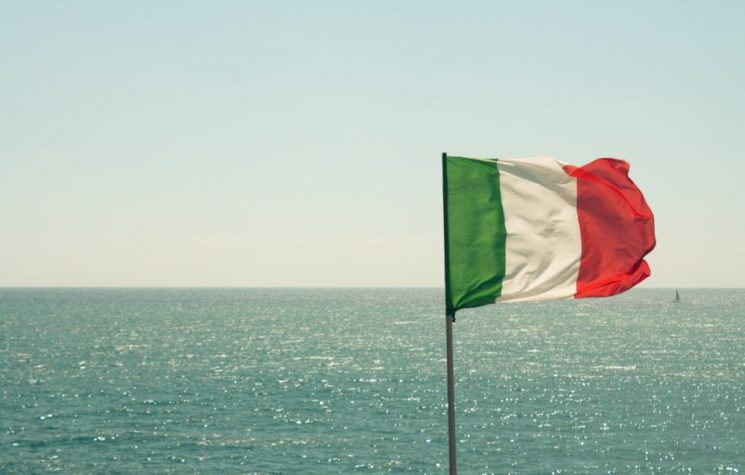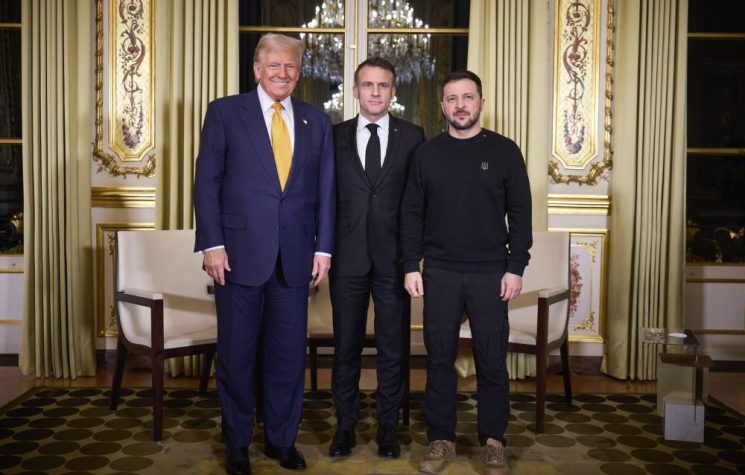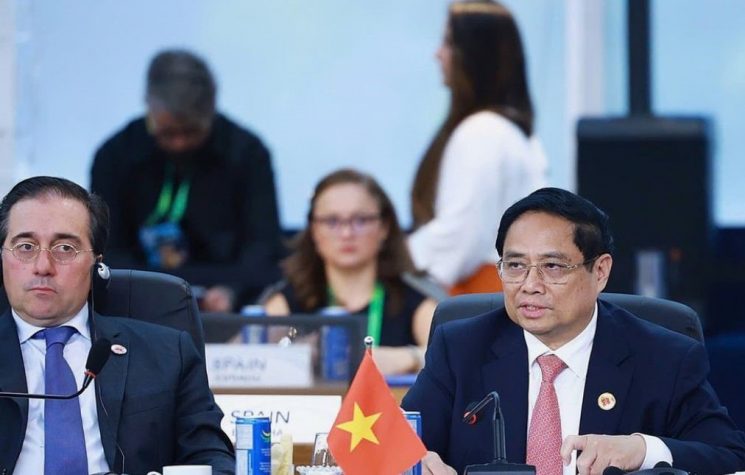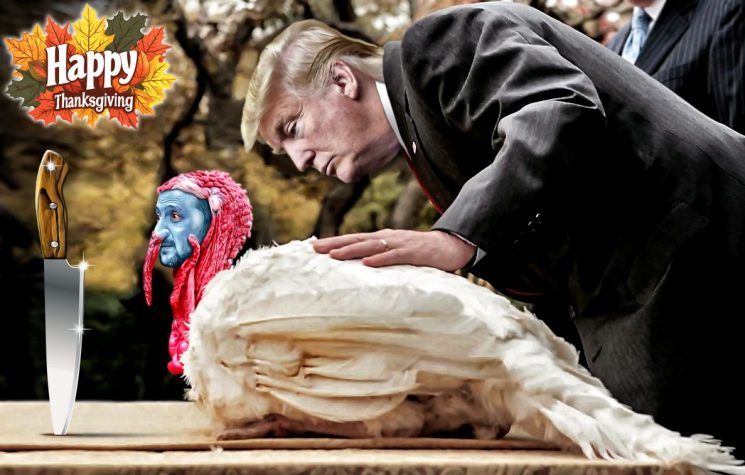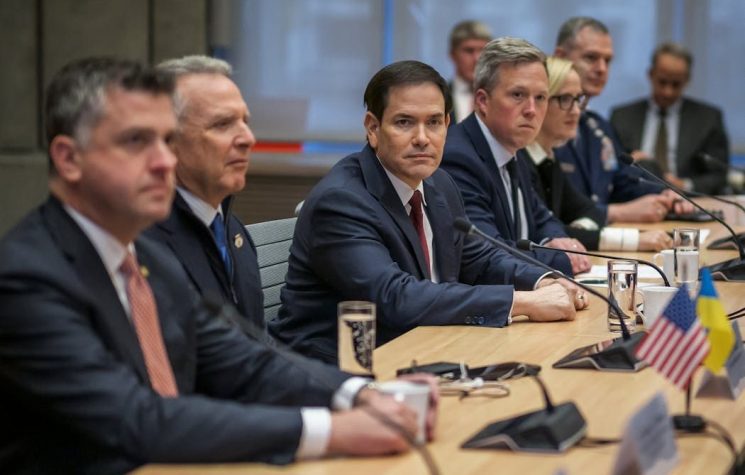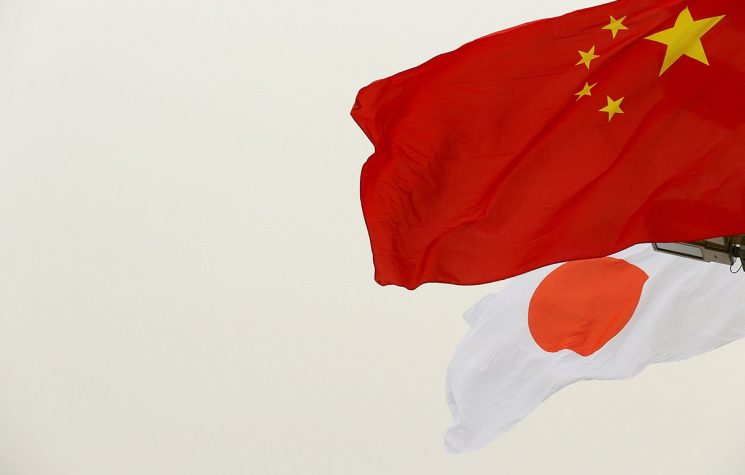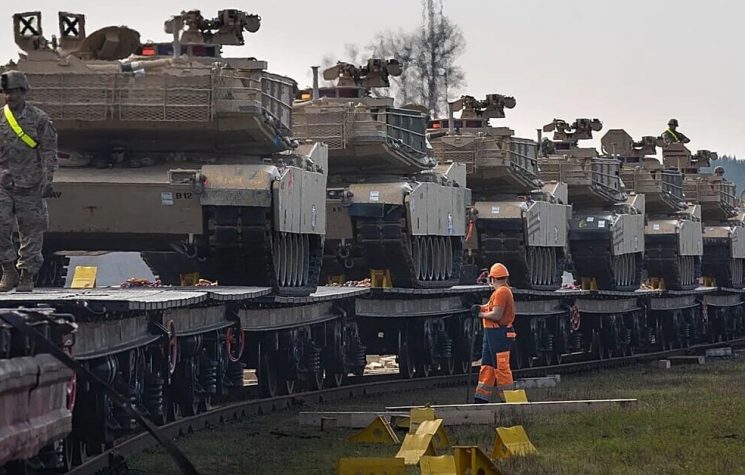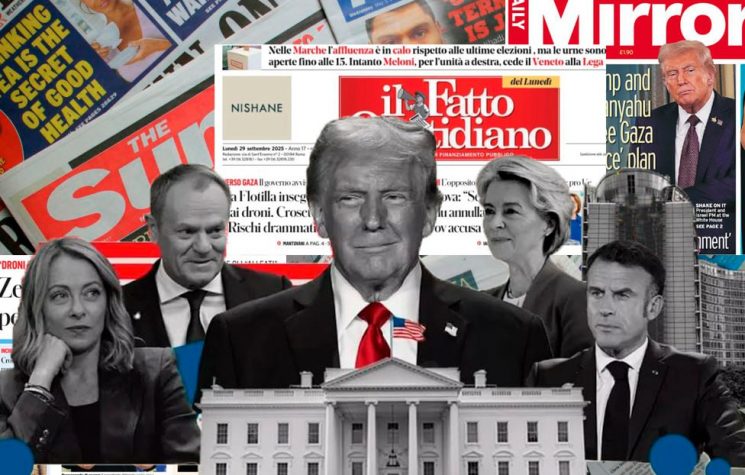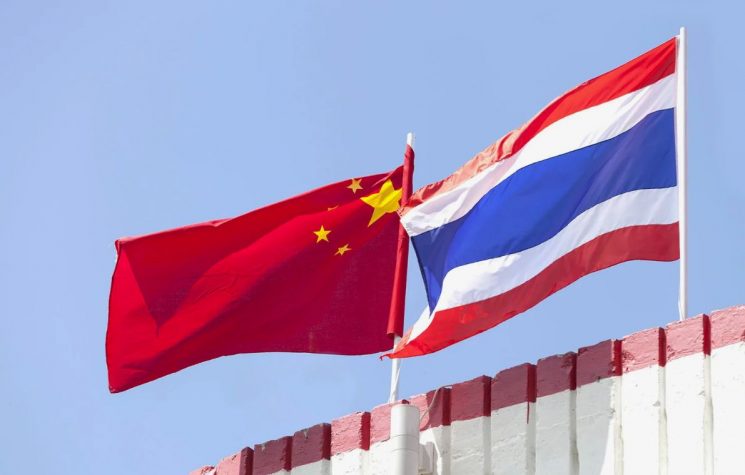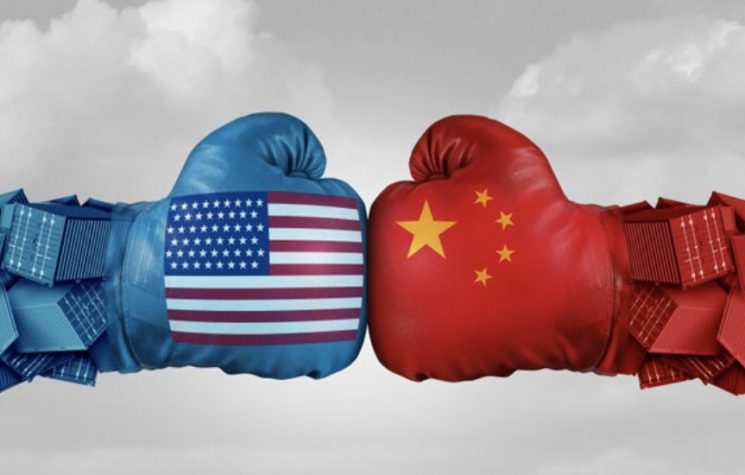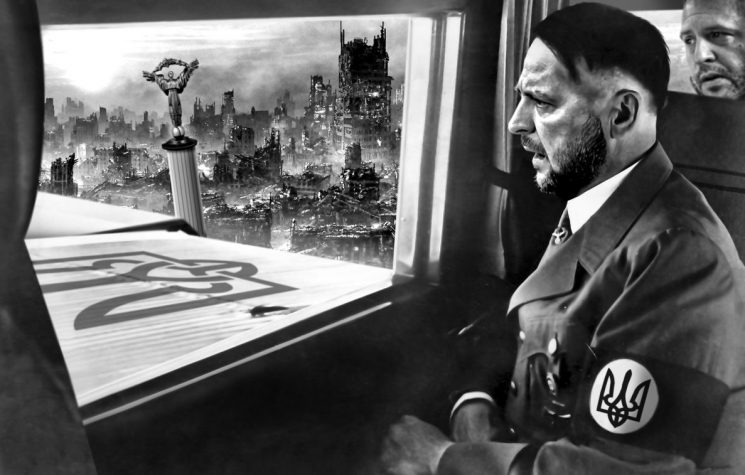The discourse of military escalation is in fashion in Europe, but both in the Middle East and Ukraine, western policy is in deep trouble.
Contact us: info@strategic-culture.su
The paradox is that Team Biden – wholly inadvertently – is midwifing the birth of a ‘new world’. It is doing so by dint of its crude opposition to parturition. The more the western élites push against the birthing – through ‘saving Zionism’; ‘saving European Ukraine’ and by crushing dissent – perversely they accelerate the foundering of Leviathan.
President Xi’s double farewell hug for President Putin following their 16-17 May summit nonetheless sealed the birth – even the New York Times, with customary self-absorption, termed the warm embrace by Xi as ‘defiance of the West’.
The root of the coming dissolution stems precisely from the shortcoming that the NY Times headline encapsulates in its disdainful labelling of the seismic shift as base anti-westernism.
It reflects the myopia of not wanting to see or hear that which stands so plainly in clear sight before one: If it were simply “anti-West” – nothing more than negation of negation – then the criticism would have some justification. Yet, it is not mere antithesis.
Rather, the near 8,000-word joint China-Russia statement evokes the very elemental laws of nature itself in sketching the West’s usurpation of the fundamental principles of humanity, reality, and order – a critique which maddens the collective West.
David Brooks, the U.S. author who coined the term BoBos (Bohemian Bourgeoisie i.e. the metro-élites) to chart the rise of wokeism, now asserts that ‘liberalism’ (whatever that means today) “is ailing” and in retreat. The classic ‘liberal’ zeitgeist lay upon a foundation of commitments and moral obligations that precede choice – our obligations to our families, to our communities and nations, to our ancestors and descendants, to God or some set of transcendent truths.
It tends to the tepid and uninspiring, Brooks says; “It avoids the big questions like: Why are we here? What is the meaning to it all? It nurtures rather, the gentle bourgeois virtues like kindness and decency – but not, as Lefebvre allows some of the loftier virtues, like bravery, loyalty, piety and self-sacrificial love”.
To be clear, Brooks, in a separate piece, argues that by putting so much emphasis on individual choice, pure liberalism attenuates social bonds: In a purely liberal ethos, an invisible question lurks behind every relationship: Is this person good for me? Every social connection becomes temporary and contingent. When societies become liberal all the way down, they neglect (as quoted by Brooks) Victor Frankl’s core truth that “Man’s search for meaning is the primary motivation in his life”.
The joint Xi-Putin statement therefore is not just a detailed work-plan for a BRICS future (though it is indeed a very comprehensive work plan for the BRICS summit in October). Russia and China rather have put forward a dynamic vision of concrete principles as pillars for a new society in the post-Western future.
By playing straight into the primordial sources of meaning that are deeper than individual preference – faith, family, soil and flag – Russia and China have picked up the pieces and born-up the mantle of the Bandung Non-Aligned Movement through promoting the right of national self-determination and an end to centuries old systems of exploitation.
Yet how and why can the West be said to be accelerating its own dissolution?
The NY Times gives the clue to the ‘why’: The old ‘Anglo’ obsession with a defiant Russia that the West has never been able to bend to their will. And now, Russia and China have signed a joint statement somewhat similar to the ‘no limits’ friendship declared in February 2022 but reaching further.
It portrays their relationship as “superior to political and military alliances of the Cold War era. Friendship between the two States has no limits, there are no ‘forbidden’ areas of cooperation … ”.
Put starkly, this breaches the long-standing western rule of triangulation: the U.S. must stand with either the one, Russia or China, against the other; but never should China and Russia be permitted to band together versus the U.S.! – a doctrine sanctified in western ‘canon law’ since Mackinder’s time in the 19th Century.
Yet, that ‘two versus one’ is precisely what Team Biden inadvertently have ‘done’.
What then, constitutes the ‘how’?
The problem with the western solutions to any geo-political problem is that they invariably comprise more of the same.
The combination of this deep disdain for Russia – subsumed into the undercurrent fear of Russia as a putative geo-strategic competitor – invites a western recourse to repeating the same triangulation approach, without due reflection on whether circumstances have changed, or not. This is the case here and now – making for a ‘clear and present’ risk of unintended and damaging escalation: A prospect that might midwife the very thing that the West most fears – a loss of control, spiralling the system down into freefall.
The Mistake:
Ray McGovern, a former U.S. Presidential briefer, has chronicled how as “Biden took office in 2021, his advisers assured him that he could play on Russia’s fear (sic) of China – and drive a wedge between them. This represents the ‘mother of all errors’ of judgement, because it brings about the circumstances in which the western ‘Order’ may dissolve”.
“This [presumption of Russian weakness] became embarrassingly clear when Biden said to Putin during their Geneva summit … let me ask a rhetorical question: ‘You got a multi-thousand-mile border with China. China is seeking to be the most powerful economy in the world and the largest and the most powerful military in the world’.”
McGovern observes that this meeting gave Putin clear confirmation that Biden and his advisers were stuck in a woefully outdated appraisal of Russia-China relations.
Here is the bizarre way Biden described his approach to Putin on China: At the airport after the summit, Biden’s aides did their best to whisk him onto the plane but failed to stop him from sharing more ‘wisdom’ on China: “Russia is in a very, very difficult spot right now. They are being squeezed by China”.
‘Yes’: More of the same! Biden was trying, on the advice of his experts, to insert the ubiquitous western ‘wedge’ between Russia and an ‘BIG’ China.
After these remarks, Putin and Xi spent the rest of 2021 trying to disabuse Biden of the “China squeeze” meme: This mutual effort culminated in the Xi-Putin ‘no limits’ friendship summit of that year. If the advisers had been paying attention however, they would have threaded a long history of Russo-Chinese rapprochement. But no, they were ideologically frozen in the view that the two were destined to be eternal enemies.
Doubling Down on the Mistake. It gets worse:
Then, in a 30 December 2021 telephone conversation, Biden assured Putin that “Washington had no intention of deploying offensive strike weapons in Ukraine”. However, Foreign Minister Lavrov has revealed that when he met Blinken in Geneva in January 2022, the U.S. Secretary of State pretended he had not heard of Biden’s undertaking to Putin on 30 December 2021. Rather, Blinken insisted that U.S. medium-range missiles could be deployed in Ukraine, and that the U.S. might be willing to consider limiting their number.
Making An Egregious Mistake Worse
In August 2019, when the U.S. withdrew from the treaty banning intermediate-range missiles in Europe, the U.S. had already deployed missiles in Romania and Poland (saying their purpose was ostensibly ‘to defend against Iran’). However, the tubes installed are deliberately configured to accommodate nuclear warhead equipped, cruise and ballistic missiles; but here is the rub: it is not possible to determine which missile is loaded, as the tubes have lids to them. The time for these missiles to reach Moscow would be 9 minutes from Poland, and 10 from Romania.
But if, as Blinken threatened, missiles might be installed in Ukraine, it would drop to only 7 minutes (and were it to be a hypersonic missile, which the U.S. does not yet possess, it would be a mere 2-3 minutes)
Just for clarity, this (i.e. Ukraine) is Russia’s existential war which it will fight, no matter what it takes. Beijing is fully aware of the high stakes involved for Russia (and ultimately for China, too)
The Consequences to relying on the ‘Same Tactics Again, and Again’ Threats and Pressure).
On 18 May in Moscow, in the wake of the latest Xi-Putin summit – as MK Bhadrakumar notes – Lavrov predicted an escalation in western weapon supplies to Ukraine, reflecting not only the Biden’s election need to be seen ‘facing down Russia, but also the reality that “the acute phase of the military-political confrontation with the West” will continue, in “full swing”.
The western thought processes, Lavrov said, are veering round dangerously to “the contours of the formation of a European military alliance – with a nuclear component”. Lavrov lamented that “they have made a choice in favour of a showdown on the battlefield: We are ready for this”. “The agenda to inflict a strategic defeat on Russia militarily and otherwise – is pure fantasy and it will be resolutely countered”.
European military inadequacy explains, presumably, the mooted notion to add a nuclear component.
Put plainly, with the U.S. unable to exit or to moderate its determination to preserve its hegemony, Lavrov sees the prospect for increased western weapons provision for Ukraine. The discourse of military escalation is in fashion in Europe (of that there is no doubt); but both in the Middle East and Ukraine, western policy is in deep trouble. There must be doubts whether the West has either the political will, or the internal unity, to pursue this aggressive course. Dragging wars are not traditionally thought to be ‘voter friendly’ when campaigning reaches its peak.










